
No more pain: Anesthesia
Before 1842, going through a surgical procedure, from a tooth extraction to an amputation, was a living hell. No effective methods of anesthesia were used during surgeries and patients had to suffer the excruciating pain during the whole procedure, if they didn’t pass out or die first. Then, in 1842, surgeon Crawford Williamson Long used ether for the first time as an anesthetic, but he didn’t report his work. It was not until 1846 when dentist William Morton and surgeon John Warren used ether as anesthetic during the removal of a lump located under the jaw of a patient. From that moment on, performing surgeries became a more delicate, controlled procedure, in which the patient didn’t have to suffer. Other forms of inhalational anesthetics were then introduced until the currently used intravenous anesthetics started being developed.
- Important notification about information and brand names used in this slideshow!
- Photo courtesy of ISAF Headquarters Public Affairs Office by Wikimedia Commons : en.wikipedia.org/wiki/File:Preoxygenation_before_anesthetic_induction.jpg
- www.rcoa.ac.uk/about-the-college/history-of-anaesthesia
- http://www.histansoc.org.uk/timeline.html

The pill: Hormonal contraception
Abstinence and fertility based-methods, among others that relied on herbal infusions or rituals, were used centuries ago. Before hormonal contraception was invented, birth control methods were varied and most of the times, not very efficient, until the invention of the rubber condom and other barrier methods. Finally, by the end of the 20th century, Margaret Sanger started doing research on birth control methods and, with the help of Katharine McCormick, she funded research to develop a birth control pill. In 1960, the FDA approved the distribution of the first contraceptive pill in history. Since its invention, the pill has allowed the development of simpler contraceptive methods, such as the patch and the hormonal injection.

Eradicating lethal diseases: Vaccines
Sometimes, it is not enough to have a treatment or a cure for a disease. Sometimes, diseases are so complex and can spread so easily and fast that there are no medications available to treat patients and prevent the disease from causing them irreversible injuries, or even death. Prevention is key in these cases. Immunization, also known as vaccination, is the form of prevention by excellence. Edward Jenner developed the first vaccine in 1796 against smallpox; although. After Jenner, Louis Pasteur produced the first lab-developed vaccine against chicken cholera and in 1885, Pasteur tried the rabies vaccine in humans. Thanks to the scientific work done by Jenner, Pasteur and many other scientists, mortal diseases such as smallpox, rabies, tuberculosis and others have been controlled or eradicated.
- Important notification about information and brand names used in this slideshow!
- Photo courtesy of PAHO/WHO by Flickr : www.flickr.com/photos/pahowho/8675747750/
- www.immunize.org/timeline/
- http://www.historyofvaccines.org/content/timelines/pioneers
- RIEDEL, S. 2005. Edward Jenner and the history of smallpox and vaccination. Proc (Bayl Univ Med Cent), 18, 21-5.
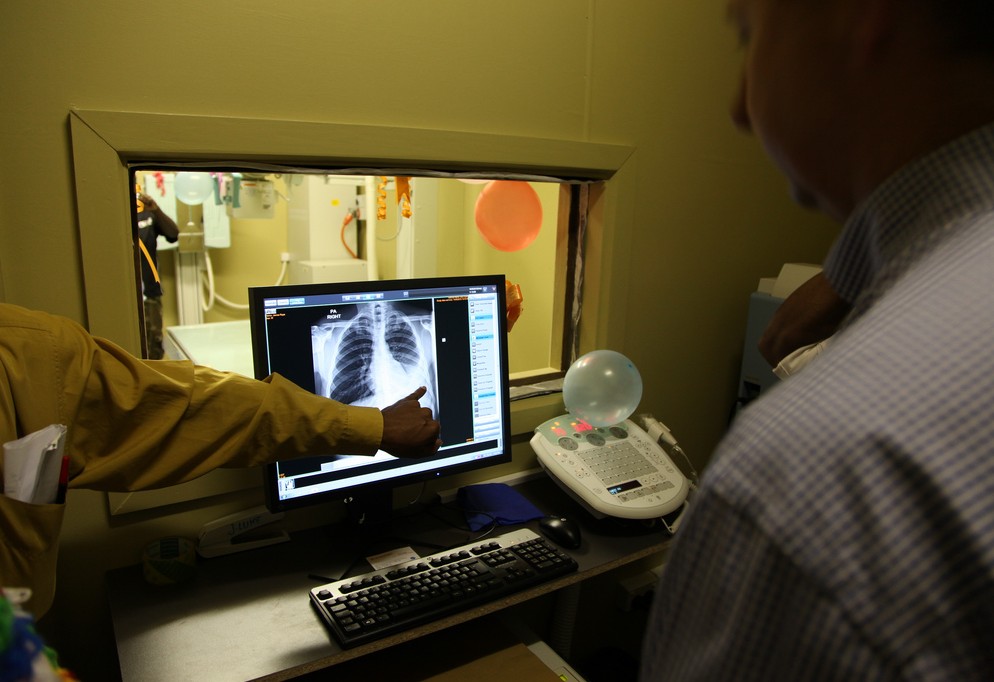
Of broken bones: The discovery of X-rays
Wilhelm Roentgen is known as the discoverer of X-rays. He was a Bavarian professor of Physics and rector of the University of Wurzburg. In 1895, he began his studies on cathode rays; during his experiments, he noted the formation of a new type of rays that illuminated a fluorescent screen. Roentgen did further experiments and noted that these rays could penetrate certain materials, including human flesh. Roentgen replaced the fluorescent screen for a photographic plate and was able to take a picture of his wife’s hand, showing her bones. He had discovered the X-rays! After this breakthrough, a new area of Medicine was developed: Radiology. Thanks to X-rays, doctors were not only able to detect broken bones, but also bullets, kidney stones and even tumors.
- Important notification about information and brand names used in this slideshow!
- Photo courtesy of Department of Foreign Affairs and Trade by Flickr : www.flickr.com/photos/dfataustralianaid/10660331333/
- www.slac.stanford.edu/pubs/beamline/25/2/25-2-assmus.pdf

A solution for diabetics: Insulin
Dr. Frederick Banting and his assistant, Charles Best, made one of the most important discoveries in the history of Medicine. For that, Banting was awarded with the Nobel prize in 1923. Their experiments on dogs led them to the isolation of a pancreatic extract, which they called “isletin”, and that showed improvement in the control of blood sugar levels in diabetic dogs. After many more successful experiments using the pancreatic extract obtained from cattle and renaming it as “insulin”, they decided to try it on humans. In 1922, in Toronto, Banting and his team treated a 14 year-old diabetic boy to test the insulin effect on him. The results? The boy’s life was saved. Today, diabetic patients can live a normal life under insulin treatment as a result of Banting's team discovery.
- Important notification about information and brand names used in this slideshow!
- Photo courtesy of Raymond Gilford by Flickr : www.flickr.com/photos/shuttercat7/627798443/
- www.nobelprize.org/educational/medicine/insulin/discovery-insulin.html
- The Discovery of Insulin: the Work of Frederick Banting and Charles BestJ. Biol. Chem. 2002 277: e15.

The miracle of life in a lab tube: In vitro fertilization
The fertilization process is very simple: the most fitted spermatozoid gets through the tough covering layer of an egg and combines its information with that one of the egg to create a new being. It is not as simple as this when you try to recreate the whole process in a laboratory. However, in the late 1960’s Dr., Robert G. Edwards proved that human eggs could be fertilized in vitro and generate embryos. Finally, in 1978, he announced the birth of the first healthy baby born through IVF. Edwards received the Nobel prize in 2010 for his great discovery, which has not only helped many couples with fertility problems, but also promoted research in a whole new area: human stem cells.
- Important notification about information and brand names used in this slideshow!
- Photo courtesy of ACC1Ó Competitivitat per l'
- Empresa by Flickr : www.flickr.com/photos/l_anella/6898163088/
- www.nobelprize.org/nobel_prizes/medicine/laureates/2010/advanced-medicineprize2010.pdf
- http://www.ivf-worldwide.com/ivf-history.html
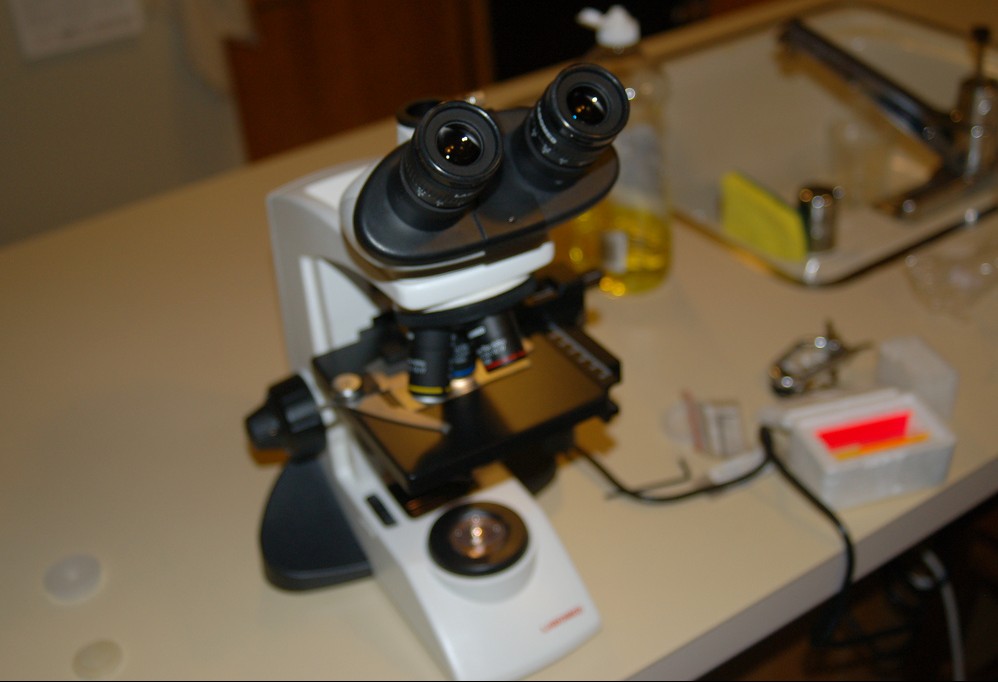
We are not alone: The Germ Theory
The Germ theory is the basis for every scientific advance that has been made in the area of Microbiology. Apart from Louis Pasteur, other scientists before him and his contemporaries, started developing some ideas regarding agents existing in the environment that were able to cause disease. One of these scientists was Robert Koch, who proved that anthrax, cholera and tuberculosis were diseases caused by germs. Then, Pasteur continued with these ideas in his mind and not only disproved the spontaneous generation theory, but also invented a technique that uses heat to kill germs, known as pasteurization. His findings also helped him in the development of the vaccines against chicken cholera, anthrax and rabies.
- Important notification about information and brand names used in this slideshow!
- Photo courtesy of Ian Brown by Flickr : www.flickr.com/photos/igb/3733855811/
- ocp.hul.harvard.edu/contagion/germtheory.html
- http://web.mit.edu/invent/iow/pasteur.html
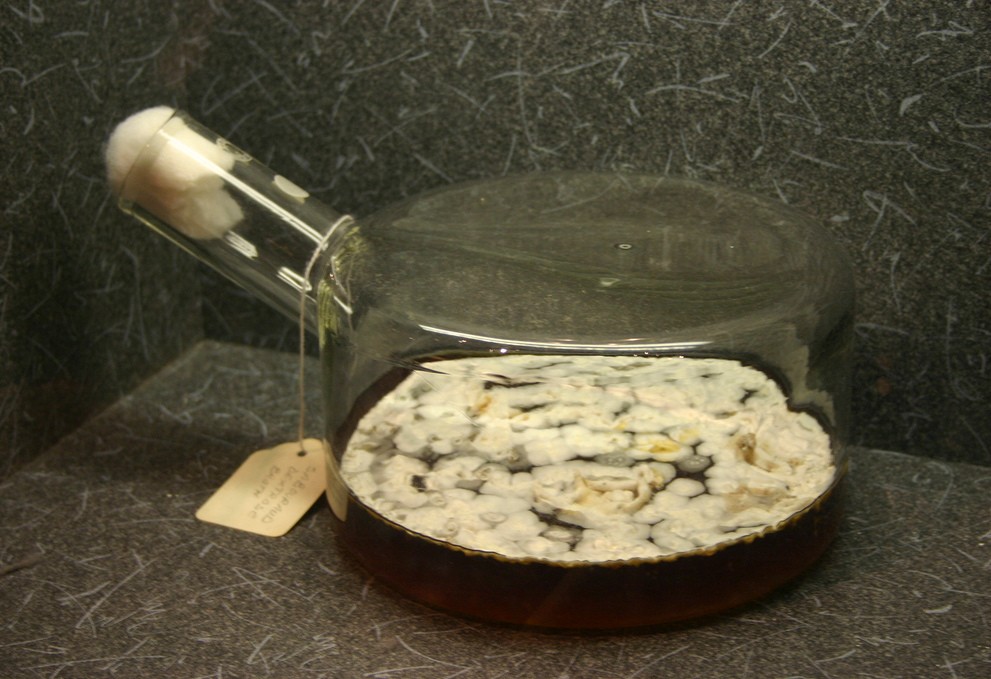
The era of antibiotics: Penicillin
A major discovery was made in the 1920’s that would change the way bacterial infections were treated, and it was all by chance. Alexander Fleming, a Bacteriology professor working at St. Mary’s Hospital in London, was working with bacterial cultures, which are basically bacteria growing on gelatin. One of these cultures showed bacterial growth except on one area, which was covered by a blob of mould. Fleming thought that this mould might had secreted some substance that didn’t let the bacteria to grow. He was right! After a few experiments, Fleming could prove that the mould secretion was actually inhibiting bacterial growth. After this discovery, scientists focused on getting high amounts of penicillin, which eventually lead to its mass production as an effective antibiotic.
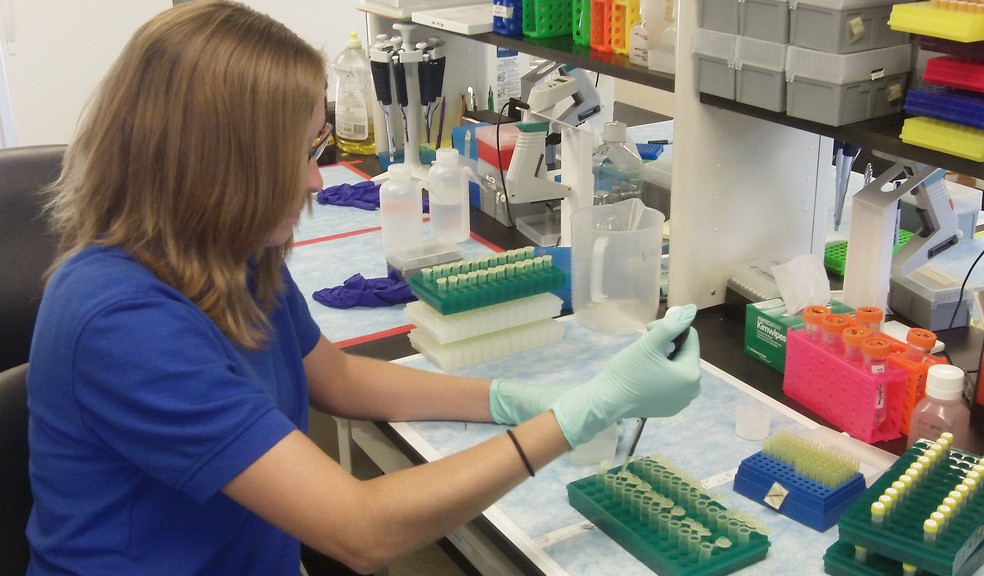
The gene library: DNA
James Watson and Francis Crick were awarded the Nobel prize in 1962 for elucidating the DNA’s helical structure, but DNA was discovered years earlier by Friedrich Miescher. DNA is how our hereditary information is kept in the nucleus of every cell present in our body. In 1869, Miescher identified something inside the nuclei of white cells. He decided to name this molecule as “nuclein”. Unfortunately, his discovery passed without being noticed by the scientific community; some researchers showed interest on it though, and continued Miescher work in trying to determine the structure of “nuclein”. Finally, in 1953, Watson and Crick came up with what we now know as being the structure of the DNA molecule: a double stranded helix.
- Important notification about information and brand names used in this slideshow!
- Photo courtesy of U.S. Fish and Wildlife Service Northeast Region by Flickr : www.flickr.com/photos/usfwsnortheast/5954411362/
- www.nobelprize.org/educational/medicine/dna_double_helix/readmore.html
- http://www.nature.com/scitable/topicpage/discovery-of-dna-structure-and-function-watson-397

A new retrovirus: HIV
The first cases of AIDS in the U.S. were reported in 1981. From then on, doctors and researchers focused their efforts on determining the cause of this lethal disease. Finally, in 1984, after many attempts to isolate the virus, the Human Immunodeficiency Virus (HIV) was identified as the cause of AIDS. Only in that year, around 500,000 people in Africa contracted the HIV virus, and 15,000 new HIV infection cases were reported in industrialized countries, including the U.S. After the discovery of the HIV virus, scientists have tried to come up with a cure to this terrible illness. This has not been possible yet, but there are nowadays treatments available and prevention campaigns that have reduced the number of HIV infections substantially.
- Important notification about information and brand names used in this slideshow!
- Photo courtesy of Huw by Flickr : www.flickr.com/photos/littlehuw/5749137360/
- www.cdc.gov/mmwr/pdf/wk/mm5021.pdf
- GALLO, R. C. & MONTAGNIER, L. 2003. Retrospective: The discovery of HIV as the cause of AIDS. New England Journal of Medicine, 349, 2283-2285.











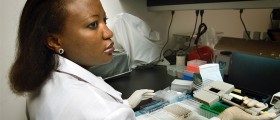

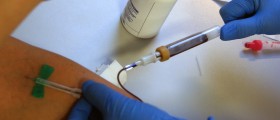



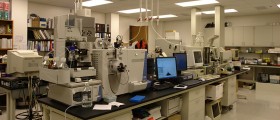









Your thoughts on this
Loading...